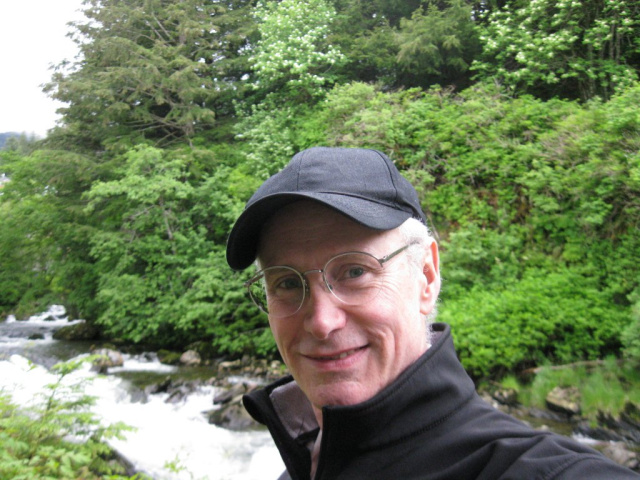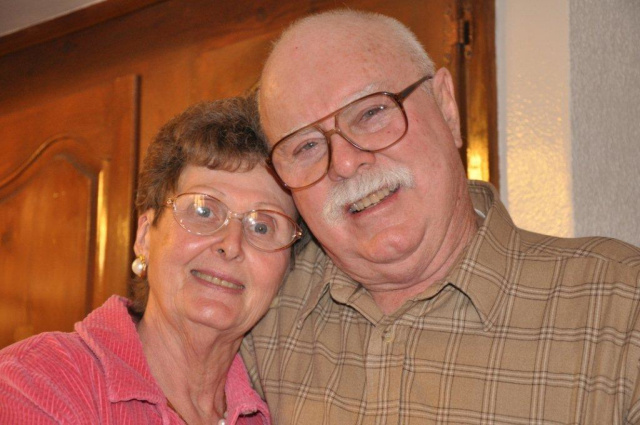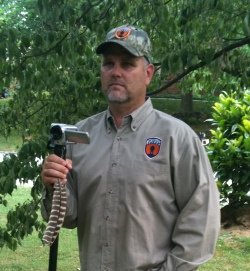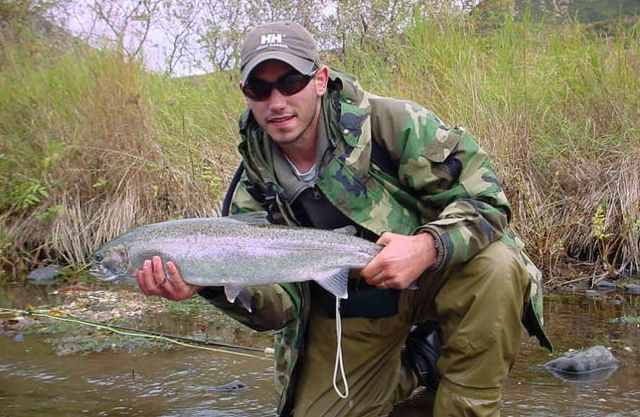NABS Team Members
As the time approaches when NABS will be releasing scientific data on our DNA study, we felt it was timely to announce who the researchers were behind the scene that contributed directly to our portion of the project. There is a group of our professionals who have chose to stay behind the scenes and contribute privately, but, what we are presenting below is the absolute best bigfoot/sasquatch researchers in North America. These people have routinely collaborated on complex issues involving the hominid and it's their ability to work as a team, without public acknowledgment or adulation that has set them apart from many others. You haven't seen these professionals seeking a public forum to push their beliefs, they have silently been working behind the scenes to bring the project to fruition, and that will be happening soon..
••••••••••••••••••••••••••••••••••••••••••••••••••••••••••••••••••••••••••••••••••••••••••••••••••••••••••••••••••••••••••••••••••••••••••••••••••••••••••••••••••••••••

Bio: Dr. J. Robert Alley
Alaska
Dr. Robert Alley, a retired professor of Anatomy and Physiology has been a Sasquatch researcher since 1974, holds degrees in anthropology, physical therapy and chiropractic, and is best known as the author of “Raincoast Sasquatch,” an excellent introduction to sasquatches in general, and particularly to the surprisingly rich historical reports, Native beliefs, as well as continuing reports and evidence of Sasquatches in the Pacific coastal rain forests. (“Raincoast Sasquatch,” 2003, Hancock House Publishers, Blaine, WA.)
While travelling as a provider of rehabilitative health care in British Columbia, Alberta, Alaska, Washington, Oregon and Louisiana, Alley worked with sasquatch/bigfoot investigators such as Thomas Steenburg, Rene Dahinden Dr. Grover Krantz and others. He has personally investigated reports from Florida to Quebec, California to Alaska and the Northwest Territories and is especially interested in forensic evidence such as hair, tracks and hand prints as well as forensic art and witnesses’ descriptions of wild hominids, reported eye-shine and their behavior.
In a forthcoming book, “Wild Men of the North,” Alley compares current and historical reports of sasquatches across the northern and subarctic forests of Western Canada, Alaska and Eastern Siberia with a variety of northern native accounts and examines evidence for northern Sasquatches as a larger relict subspecies of fossil hominid such as Homo erectus, Meganthropus, Denisova Man, as well as feral humans or manlike bipedal apes.
Dr. Alley lives in Ketchikan, Alaska where he continues teaching and doing research as well as investigating reports in Alaska and northern British Columbia. He is currently working on the laboratory identification of hair samples, tracks and fingerprints and is part of a large–scale hominid DNA study.
••••••••••••••••••••••••••••••••••••••••••••••••••••••••••••••••••••••••••••••••••••••••••••••••••••••

Harvey Pratt
Mr. Pratt is NABS’ forensic artist and has been a major contributor to “The Hoopa Project” and “Tribal Bigfoot.” Harvey has the ability to successfully interview witnesses and victims in all situations and place them at a comfort level that allows “their” story and “their” drawing, to be achieved with phenomenal accuracy and skill, something that NABS recognizes and appreciates.
Considered one of the leading forensic artists in the United States, Harvey has spent over 42 years in law enforcement, completing thousands of witness description drawings and hundreds of soft tissue reconstructions. His work has assisted in thousands of arrests and hundreds of identifications of unidentified human remains throughout America.
Currently employed as the police forensic artist by the Oklahoma State Bureau of Investigation (OSBI), Harvey is the only full-time police forensic artist in Oklahoma. Harvey began his career with the Midwest City Police Department in 1965 where he did his first witness description drawing a year later. This first attempt in forensic arts resulted in an arrest and conviction. He joined the OSBI in 1972 as a narcotics investigator and retired in 1992 as an Assistant Director. His expertise in witness description drawing, skull reconstruction, skull tracing, age progression, soft tissue postmortem drawing and restoration of photographs and videos have aided law enforcement agencies both nationally and internationally.
Harvey's skills have assisted law enforcement in many high profile cases. A few of those cases are as follows: Green River Killer (Gary Ridgeway), BTK Killer (Dennis Rader), Oklahoma Girl Scout Murders (Gene Leroy Hart), Henry Lee Lucas and Ottis Toole, Bobby Joe Long, I-5 Killer (Randall Woodfield), Tommy Lynn Sells, World Trade Center 1993 bombing, Sirloin Stockade Murders (Roger Dale Stafford, Verna Stafford and Harold Stafford), Joe Fischer, Tommy Ward and Karl Fontenot, Roger Wheeler Murder (Winter Hill Gang case – James J. "Whitey" Bulger, Stephen Flemmi and Johnny Martorano), the Oklahoma City Bombing of the Alfred P. Murrah Federal Building, Donald Eugene Webb, Oklahoma State Fair Abducted Girls (Roy Russell Long) and Randolph Dial. Harvey also aids investigations though training classes and lectures before universities, colleges, schools and civic groups. For more about Harvey and his artistic talents, go to;http://www.harveypratt.com
••••••••••••••••••••••••••••••••••••••••••••••••••••••••••••••••••••••••••••••••••••••••••••••••••••••

Richard Hucklebridge
California
Mr. Hucklebridge graduated from high school in the mid 1950’s in Riverside, California, and then joined the U.S. Navy stationed at Iwikuni, Japan in an Electronic Countermeasure Squadron, this is where he obtained his Combat Crewman Wings.
Richard and his wife of 48 years raised 5 children in the Antelope Valley of Los Angeles County where he also worked for the General Electric Company’s Flight Test Operations at Edwards AFB for over 32 years. During the time at Edward’s, Richard attended and graduated from Antelope Valley College in 1973. It was also during the early seventies that Richard became a Los Angeles Reserve Deputy Sheriff and spent over 20 years on their Search and Rescue team. After retiring from G.E. and the Sheriff’s Department he went to work for the Northrop Grumman Corporation working their B-2 Bomber program at Edwards AFB and the manufacturing plant at Palmdale, Ca.
During the early 1970’s a group of Sasquatch came through the Antelope Valley and proceeded to raise “holly heck” (as Richard states) and while doing so Richard had the opportunity to learn about the biped.
When Richard was completely retired in 1999, he connected with a bigfoot group that was investigating sighting reports of sasquatch in North America. Richard had the opportunity to interview witnesses, document their event and do on-scene investigations.
During the summer of 2003 Mr. Hucklebridge had the opportunity to do his own research on Sasquatch in Southern Oregon; which lasted until 2008. Richard then joined a new Bigfoot organization that was much further ahead in their scientific research of the bipeds. Richard has been conducting research on sasquatch and listening intently to witnesses and has come to a realization that these bipeds are some type of a hominid.
•••••••••••••••••••••••••••••••••••••••••••••••••••••••••••••••••••••••••••••••••••••••••••••••••••••••••••••••••••••••••••••••••••••••••••••••••••••••

Scott Carpenter
Tennessee
A 1972-1973 experience with two juvenile hairy bipeds peering at Scott through a sliding glass door started his interest in bigfoot/sasquatch. In 2009 he heard “whooping” calls while fishing a local lake and this peaked his interest in the topic. While being a relative short-timer in the number of years Scott has been researching sasquatch, Scott is anything but an amateur, he is one of the most innovative and forward thinking researchers that NABS has in their ranks.
Mr. Carpenter’s backyard is the Great Smoky Mountain National Park and he spends much of his research time hiking and investigating various events in the park. Scott’s research efforts have reaped great rewards for the NABS team.
Scott has been a major contributor to the Bigfoot DNA project. His highly successful methods of recovering specimens has significantly enhanced NABS’ program and allowed researchers a greater understanding of the biped.
Much of Scott’s time in the field has centered on video, audio and photographic analysis of evidence from his research stations. He has accumulated a remarkable collection of images, sounds and “hard” evidence that will be presented once the DNA study is released.
Mr. Carpenter has a BS Degree in Computer Science and works full as a Systems Administrator for Family Practice Group in a Knoxville suburb.
•••••••••••••••••••••••••••••••••••••••••••••••••••••••••••••••••••••••••••••••••••••••••••••••••••••••••••••••••••••••••••••••••••••••••••••••••••••••••••••••••••••••

Rich Germeau
Washington
Rich Germeau became a “sasquatch” believer in July of 2000 and not by his own choice. He had always been interested in the topic but thought it was unreasonable for something as a giant hairy biped to be roaming Earth.
It was not until an early evening in July 2000, while he was working as a police officer heading down a coastal highway in Washington State when his life would change. A giant hairy human biped stepped out of the brush approximately fifty meters ahead of his patrol car onto the roadway, and with a sense of purpose, took four steps across the road and disappeared into the brush on the opposite side. Rich slammed on the breaks and just sat in his car in the middle of the road while the event flashed before his eyes. His mind was replaying it, trying to rationalize or make some sense of what he had just seen. He was definitely not prepared to process such a reality, but reality was most definitely what it was. It was daylight and he was far too close for misidentification. Before that sighting, Rich had enjoyed the wilderness of the northwest with a sense of comfort with the knowledge that he was the apex predator and that there was nothing else in the woods with intelligence like ours, he was most definitely wrong about that.
After the sighting of the biped, Rich’s world changed. He was always reserved about his experience but would talk about it if asked, knowing that he risked being ridiculed, like many others who have endured the same for talking about what they’ve seen.
In 2008 Rich met Derek Randles and with the help of Wally Hersom started a camera trap project called “The Olympic Project.” The goal was to obtain photographic evidence of the elusive sasquatch within the rain forests of the Olympic Peninsula in Washington State. The following summer Rich and friend/OP co-member “shaky,” managed to accomplish that in the Hamma Hamma drainage of the Olympic Mountains when a sasquatch walked in-front/around one of the game cameras and was thankfully able to verify it via DNA evidence. Rich has also collected multiple hair samples and a saliva sample, which were part of the Bigfoot DNA study and facilitated many other specimens.
Rich never wanted to be a “Bigfoot researcher,” even after his first sighting, he was happy enough being a credible witness. But at the time of the sighting, the opportunity became available and Rich felt that he was somehow obligated to other witnesses, due to his investigative experience and abilities.
At that time Rich had been a detective at a western Washington sheriff’s office for a few years and had 14 years total law enforcement experience, experience and training that few people get opportunity in life which is invaluable in Bigfoot related investigations. Although Rich is not objective regarding the existence of this elusive large, hairy human, he is an objective investigator who can relate to witnesses and they can trust his investigative abilities.
Three months ago Rich stepped away from the Olympic Project as he felt that the organization had different goals than he. Rich believes that NABS has goals which more closely reflect his own and thinks he could be an asset moving forward.
NABS has had an ongoing relationship with Rich over the last several years and appreciates the professionalism and experience that he brings to our research arena. NABS is extremely lucky to have Rich Germeau join our organization.